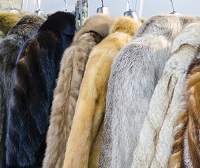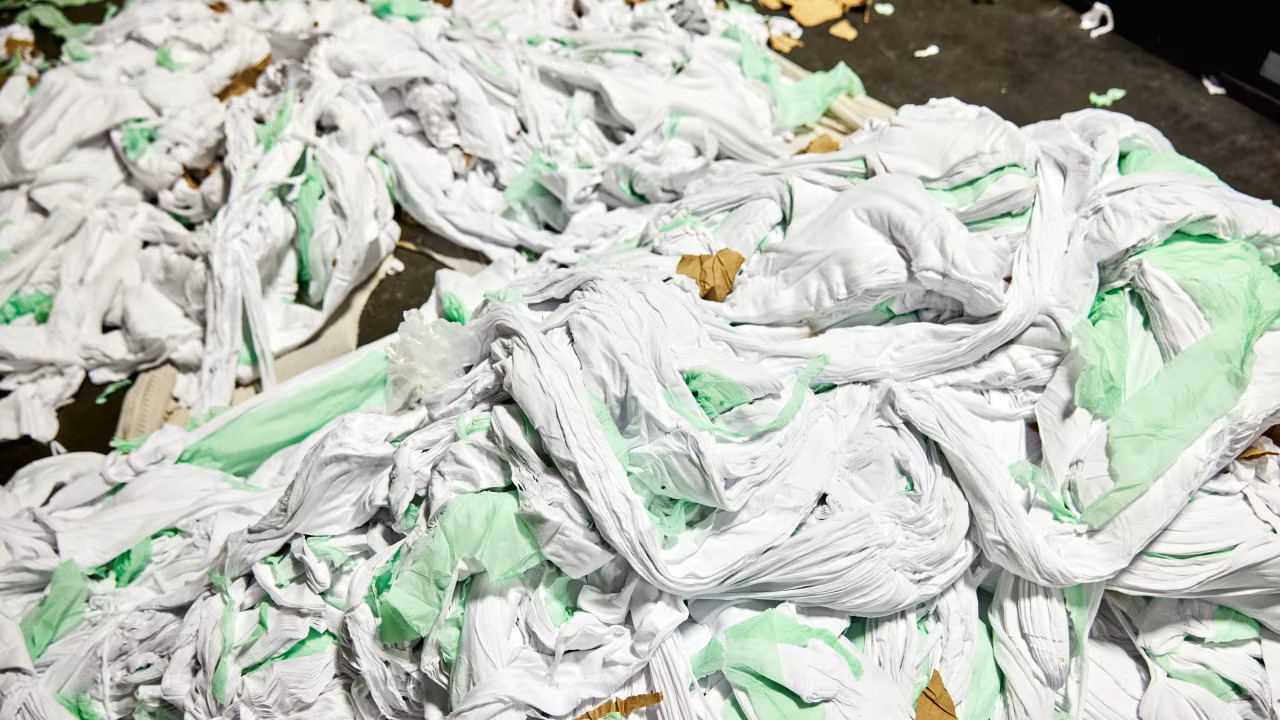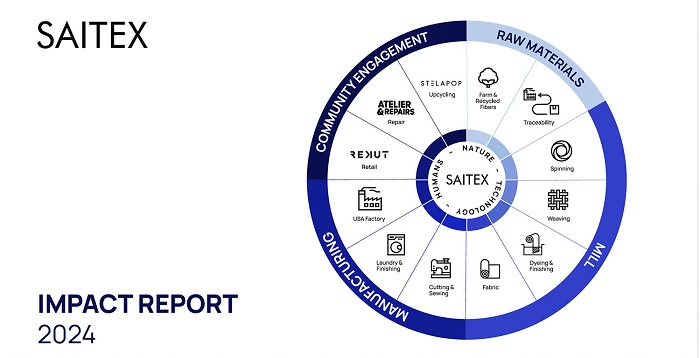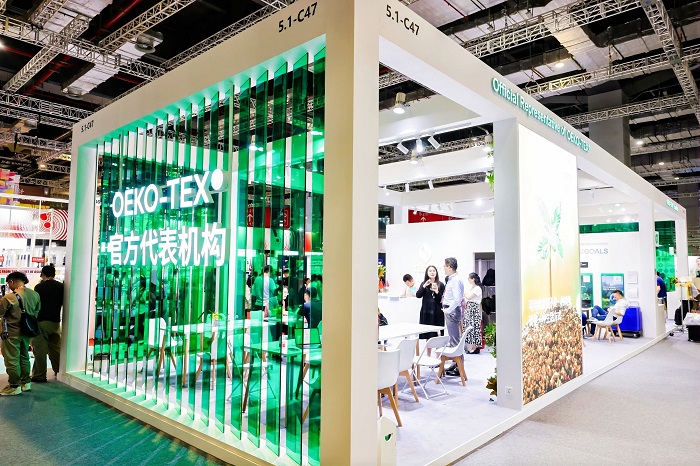"Customers may have shifted their preference from real to fake fur. But the fact remains, neither is fake nor real fur ideal for the environment. Real fur uses chromium for tanning while fake fur contains viny chloride, a cancer-causing substance to make it flame retardant. Also, fake furs are not recyclable as they are made from pretroleum-based synthetic polymers. They either end up in the landfills or the water system as microplastics."
 Customers may have shifted their preference from real to fake fur. But the fact remains, neither is fake nor real fur ideal for the environment. Real fur uses chromium for tanning while fake fur contains viny chloride, a cancer-causing substance to make it flame retardant. Also, fake furs are not recyclable as they are made from pretroleum-based synthetic polymers. They either end up in the landfills or the water system as microplastics.
Customers may have shifted their preference from real to fake fur. But the fact remains, neither is fake nor real fur ideal for the environment. Real fur uses chromium for tanning while fake fur contains viny chloride, a cancer-causing substance to make it flame retardant. Also, fake furs are not recyclable as they are made from pretroleum-based synthetic polymers. They either end up in the landfills or the water system as microplastics.
But in the battle for which one is the lesser devil, faux fur emerges as the winner as it is not only comfy and cozy but also a great color vehicle. The fur is available in a gamut of colors such as bright pink, pale blue or some of the other primary colors. There was a 24 per cent rise in the number faux-fur products in Fall/Winter 2019 with outerwear increasing by 22 per cent since last year reveals Kayla Marci, market analyst for Edited. The luxury market for faux-fur is also increasing by 13 per cent year on year with outwear rising by 23 percent year on year.
Brands remove animal fur from collections
Many brands and retailers have decided to shed animal fur from their lines. Joining an already long list of designers, Macy’s and Bloomingdale’s will stop selling fur by January 2021. There has also been a 27 per cent year-over-year drop in the amount of real fur used by UK luxury brands while this figure is around 86 per cent in the US luxury market. This decline is also a result of stricter bans and regulations across the globe. California has banned the sale of real fur from 2023, while San Francisco has set a January 2020 deadline for retailers to sell out their inventory. Countries like the United Kingdom, Austria, and the Netherlands have also banned fur farming more than a decade ago.
2021. There has also been a 27 per cent year-over-year drop in the amount of real fur used by UK luxury brands while this figure is around 86 per cent in the US luxury market. This decline is also a result of stricter bans and regulations across the globe. California has banned the sale of real fur from 2023, while San Francisco has set a January 2020 deadline for retailers to sell out their inventory. Countries like the United Kingdom, Austria, and the Netherlands have also banned fur farming more than a decade ago.
The real issue plaguing the fur industry is overproduction. People rarely shop for fur products these days as they prefer to use clothes handed down by the earlier generations. To leverage this opportunity, some fur shops are sketching the future of existing furs. Christos Furs of Westchester plans to redesign and repurpose its existing furs to create new styles. The company currently sells a range of fur products from $300 rabbit fur jackets to a $60,000 Russian sable coat.
Recyclable faux fur in focus
Meanwhile, luxury fashion companies including Maison Atia and Stella McCartney plan to focus on biodegradable faux-fur products. Both companies plan to launch an innovative new fabric called Koba considered the first sustainable faux-fur fabric. The fabric, created by textile manufacturer Ecopel, is made from renewable plant ingredients and recycled polyester. It produces 63 percent less greenhouse gas than conventional synthetic materials.
Maison Atia launched a children’s coat collection using Koba. Its full fall 2020 collection will use a mix of Koba and recycled modacrylic. The company uses fabrics leftover from outerwear production and donating anything left over from that to Fabscrap. However, these changes are temporary as the fashion world is known to change its mind periodically. We might again a country producing fur in the next 10 to 15 years.












